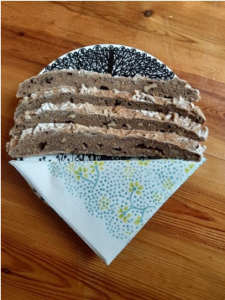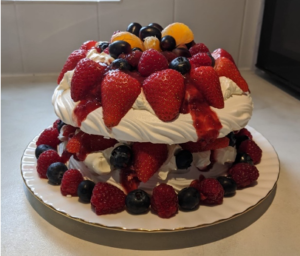We are delighted to be launching a new summer blog series called ‘Opening up conversations about religion and worldviews’. This blog series is being run in collaboration with the RE Policy Unit, a partnership between NATRE, the RE Council and RE Today. It will include contributions from a wide range of teachers, those working in initial teacher education and researchers in this field.
As part of the CSTG Leadership Programme I have had the great fortune to be part of a reading group looking at articles relating to RE. Now, I must make a confession or two here. First, I love reading groups and am an enthusiastic member of another in my free time. There is something about reading groups that, I believe, makes me far more attentive to the text. Knowing that I am going to have to discuss it, I busily make notes and try to map out the drift of the author’s thought. Secondly, I came late to teaching – and as a Primary school-based trainee – never had the background in academic pedagogy and theories of RE. So – the opportunity to read Rob Freathy and Helen John’s ‘Worldviews and Big Ideas: A Way forward for Religious Education?’ was one I grasped with both hands!
Ably marshalled by Kathryn Wright and – as always – kindly probed and challenged by the ever-wonderful Ed Pawson, we dissected the ideas set out in the article. Freathy and John begin with the Core Report (2018) and its recommendation to look wider than the ‘big 6’ to incorporate the teaching of worldviews. In what, all members commented, is an immensely readable paper, they canter through a brief literature review of the concept of worldviews in education – pausing awhile to graze on the thorny questions of ‘personal’ or ‘institutional’ worldviews chewed over by thinkers such as Hands and Van der Kooij. In a metaphor I personally rather liked, they muse on whether a Venn Diagram might enable these ideas to be drawn but conclude that this would need to be four dimensional and change over time! What was clear to all of us in discussion, was that this is an issue on which we all felt was not one with clearly drawn edges – that part of the ‘fuzziness’ and ‘mess’ of lifestyles meant that we live in a place of liminality – and very few people have clear lines. I recalled, whilst studying Theology and Religious Studies, one of my lecturers; the very distinguished Julius Lipner – describing himself as a ‘Hindu Catholic’ and describing his interpretation of a Hindu worldview in terms of the banyan tree; with many branches that there is not one clear trunk.
Freathy and John move on to discuss whether the idea of a worldviews education would cause a ‘necessary dilution’ of the content of RE – as some institutional faith bodies fear it might, or that it would increase teacher workload as implied by Damien Hinds’ (2018) response to the Commission report. However, they firmly reject this notion making analogies to other academic subjects, such as History and English and noting that they do not try to cover all of their subjects. It is the approach – rather than content selection – which is key to their argument. Questions of which worldviews may be chosen was an object of discussion – and this extended to the family dinner table – where my son, who is taking GCSE RS as a whole cohort (very much against his will!) questioned strongly whether agnosticism could be a coherent worldview in its own right? Ed Pawson suggested that a key worldview for many young people might be hedonism, and was this part of an enquiry that might take place in a classroom?
In setting out the ‘Big Ideas’, Freathy and John seek to unpack aspects of how a worldview-oriented education might work in reality. For me, two key themes leapt out. Firstly, in Big Idea 2 (BIA2) the extent to which a worldviews approach might enable a reflexive response for students – highlighting the ‘particularity of their own lived experience and their own epistemological lenses’. I have a friend who teachers in a very successful secondary school as Head of Religious Studies, and she often remarks on how students (particularly from minority religions) do not recognise the religion taught in the GCSE spec. Could this approach enable all students to see how all worldviews– institutional and personal – might be inherently diverse, partial, fluid and dynamic?
A final thought concerns the real passion that both Freathy and John have (set out in Big Idea 3 and 4) to close the ‘gap’ between academic RS/Theology and the classroom – both in the wish to see teachers and students as ‘co-researchers’ , but also to see more interaction between departments and schools. The latter, we all felt, is so important – and very much part of what Kathryn Wright is advocating in her new vision for CTSG – to make teachers ‘research aware, informed and active’. I think this group definitely made us feel we were ‘aware’ and becoming ‘active’. More of this, I think is vital for the health of RE – and a paper as well written and accessible as this – will definitely be on the agenda for one of my forthcoming Bristol Learn teach Lead RE Hubs. I may even invite Mr Pawson to bring his wisdom and humour to it!
http://kau.diva-portal.org/smash/get/diva2:1386095/FULLTEXT01.pdf










